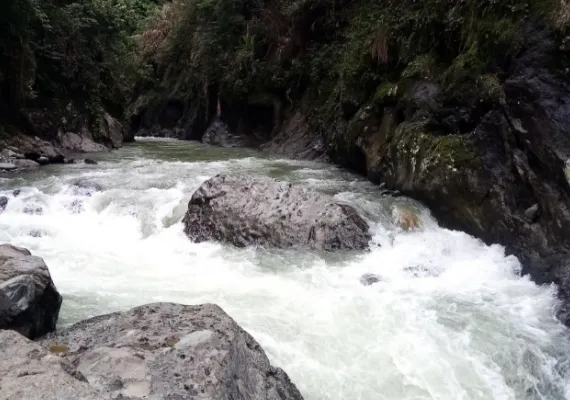Hydro Power Generation
©Jackie DaviesHydro power generation facilities generate electricity by harnessing the power of water flowing from a high elevation to a lower elevation to turn water turbines directly connected to turbine generators.
-
The Features of Hydro Power Generation
Hydro power generation is a form of clean energy that generates almost no carbon dioxide. As stable power generation is possible night and day, year-round, hydro power generation is characterized by a high capacity factor and energy conversion efficiency.
While there are various types of hydro power generation, they are broadly classified into two types: the run-of-river type, which involves drawing water from a river for use before returning the water to its original course and the storm water storage pond type, which involves storing water in an impoundment dam for later use.

-
The Mechanism of Hydro Power Generation
RENOVA is working on a run-of-river hydro type power generation project with generation capacity of approximately 20 MW. With this approach, water is taken from the river upstream and channeled to a location downstream where the water drives turbines for power generation and after use the water is returned to the river downstream. An advantage of this approach is that it has minimal impact on the natural environment, topology or on downstream water-use because it does not require the construction of dams or other large structures and does not impede the river flow or affect water usage for agriculture and other purposes.


